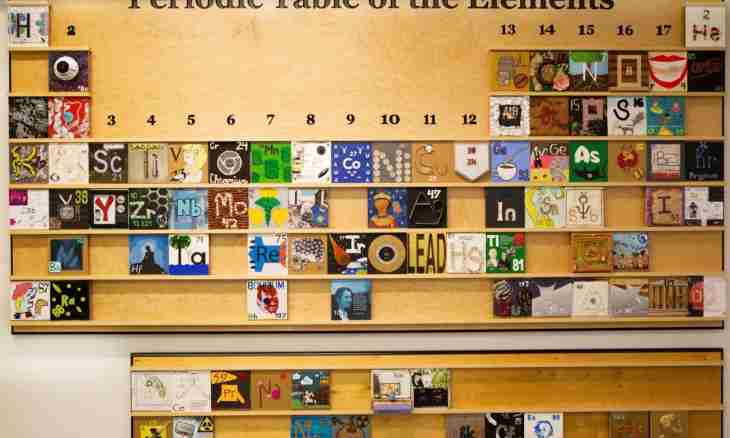Simply any atom can be presented in the form of a tiny, but massive kernel around which on circular or elliptic orbits electrons rotate. Chemical properties of an element depend on the external "valent" electrons which are taking part in formation of a chemical bond with other atoms. Atom can "give" the electrons, and can "accept" strangers. In the second case it means that atom shows nonmetallic properties, that is, is nonmetal. Why does it depend?
First of all, from quantity of electrons at the external level. The greatest number of electrons which can be there – 8 (as at all inert gases, except helium). Then there is very steady condition of atom. Respectively, the quantity of valent electrons are closer to 8, the external level is easier for atom of the complete element. That is, nonmetallic properties are stronger expressed to those at it. Proceeding from it, it is obvious that at the elements which are in one Period, nonmetallic properties will increase in the direction from left to right. It is easily possible to make sure of it, having looked in Mendeleyev's Table. At the left, in the first group, there are alkaline metals, in the second - alkaline-earth (that is their metal properties are already weaker). In the third group – amphoteric elements. In the fourth – nonmetallic properties prevail. Starting with the fifth group, there are already pronounced nonmetals, in the sixth group their nonmetallic properties are even stronger, and in the seventh group the halogens having seven electrons at the external level are located. Whether only in a horizontal order nonmetallic properties change? No, also in vertical. A characteristic example – those halogens. Near the right top corner of the Table you see the well-known fluorine - the element having so strong reactionary ability that chemists informally nicknamed it valid: "Everything cracking". Below fluorine – chlorine. It is also very active nonmetal, but after all not so strong. Even lower – bromine. Its reactionary ability is significantly lower, than at chlorine and the more so fluorine. Further – iodine (same regularity). The last element – astatine. Why do nonmetallic properties weaken "from top to down"? It is all about atom radius. The closer to a kernel the external electron layer, the is easier "to attract" others electron. Therefore than "is more right" and the element in Mendeleyev's Table is "higher", especially strong it is nonmetal.
